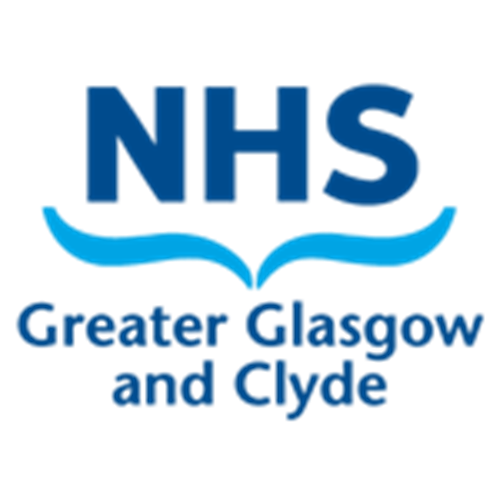1. Suspect – beware of pathological CTG in association with a risk factor for uterine rupture (usually previous caesarean section).
2. Call anaesthetist and senior obstetrician.
3. Airway
Assess.
Maintain patency.
Breathing
Assess.
Attach pulse oximeter to patient.
Apply oxygen 15 litre/min via face mask with reservoir bag.
Circulation
Assess pulse and BP – put on ECG and automatic BP monitor.
Secure IV access using two large bore cannulae.
Fluid resuscitation as required.
Send bloods for FBC, cross-match 4 units and clotting screen.
Treat peri-arrest arrhythmias.
CPR if necessary.
4.If baby alive and criteria for safe instrumental delivery are fulfilled, then this may be carried out.
5. Proceed to urgent laparotomy, which may require general anaesthetic, with senior anaesthetist attending. In general a previous low transverse scar can be re-opened. In certain circumstances a mid-line incision should be considered.
6. The type of operation performed is dictated by the size and site of rupture, the degree of haemorrhage and the patient’s future fertility wishes – see further information below.
7. Give prophylactic antibiotics.
8. Document fully in notes with date and time.
9. Debrief patient and family.
